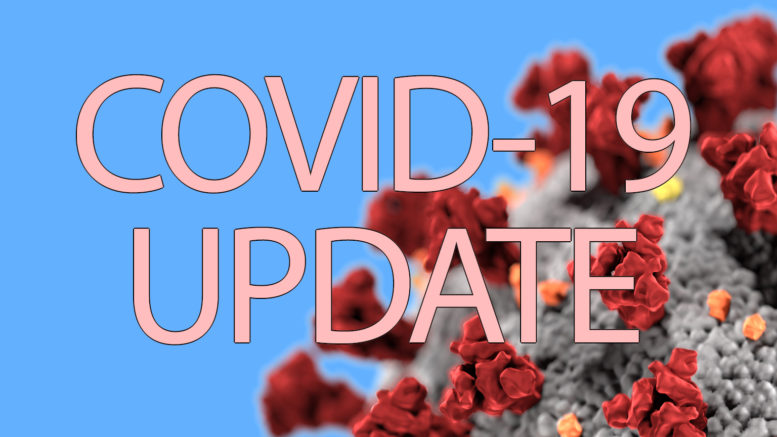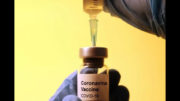by Jake Cardinal
(ANNews) – Researchers at the First-Nation led research centre, the Yellowhead Institute, released a report Tuesday May 12, 2020 outlining the true scale of the data gap in Indigenous COVID-19 data.
On May 11, 2020, Indigenous Services Canada (ISC) revealed that the cumulative number of Infected Indigenous peoples was 183 positive cases in First Nations within Canada and two deaths. However, a day later, the research team at the Yellowhead Institute found the true numbers of Indigenous COVID-19 infections.
The Yellowhead report revealed: “At the time of writing, the Yellowhead team has found as many as 465 cases in 42 communities and likely seven deaths.”
The research team compiled the information through publically available data such as “media reports, band council updates to members, local reports and obituaries.”
Why is there such a discrepancey in the data?
“First, there is no agency or organization in Canada reliably recording and releasing COVID-19 data that indicates whether or not a person is Indigenous,” the report explains, and since there aren’t many First Nations who control the delivery of their own healthcare, many Indigenous people rely on the provincial healthcare system and institutions.
Furthermore, “many public services that Indigenous peoples access do not collect disaggregated data that includes racial or ethnic identity of clients.” Despite this non-racist approach of not collecting the racial data of patients, it is currently impossible to view Indigenous-specific information and is extremely difficult to seek accountability for racial discrimination in the healthcare system.
“These data issues are not limited to the healthcare sector,” the report goes on to explain. “The same gaps in data collection exist in child welfare and were a primary reason why the National Inquiry on Missing and Murdered Indigenous Women and Girls was unable to definitively identify the number of Indigenous women who have been murdered or are missing.”
“The most difficult part of collecting and reporting on data discrepancy is the realization that the number of Indigenous people who have died from COVID-19 is higher than the number reported by the federal government.”
The research team also shared an in-depth look into Indigenous COVID-19 related deaths. “There is one death at Six Nations of the Grand River. There are at least two more First Nations elders who have died in rural long-term care homes in Ontario,” claims the report. “These three, along with reported deaths of Cindy Mountain, Agnes Macdonald, Joseph “Bannock” Sylvestre, and Emma Trapper” add up to at least seven COVID-19 related deaths in the Indigenous population within Canada.
The report also mentions that the bulk of the infections in Canada are coming from essential workers. Freelance writer Nora Loreto said in a twitter post that “of the 4693 Canadians who have died from COVID-19, I’ve linked 3783 to a residential facility. That’s 80.6%.” She also attached a Google Spreadsheet regarding this data.
ISC announced on May 9, 2020, that there would be $250,000 in funding put towards data collection for First Nations affected by the virus.
Jake Cardinal is a Local Journalism Initiative Reporter for Alberta Native News.







Be the first to comment on "The true scale of Indigenous COVID-19 data"